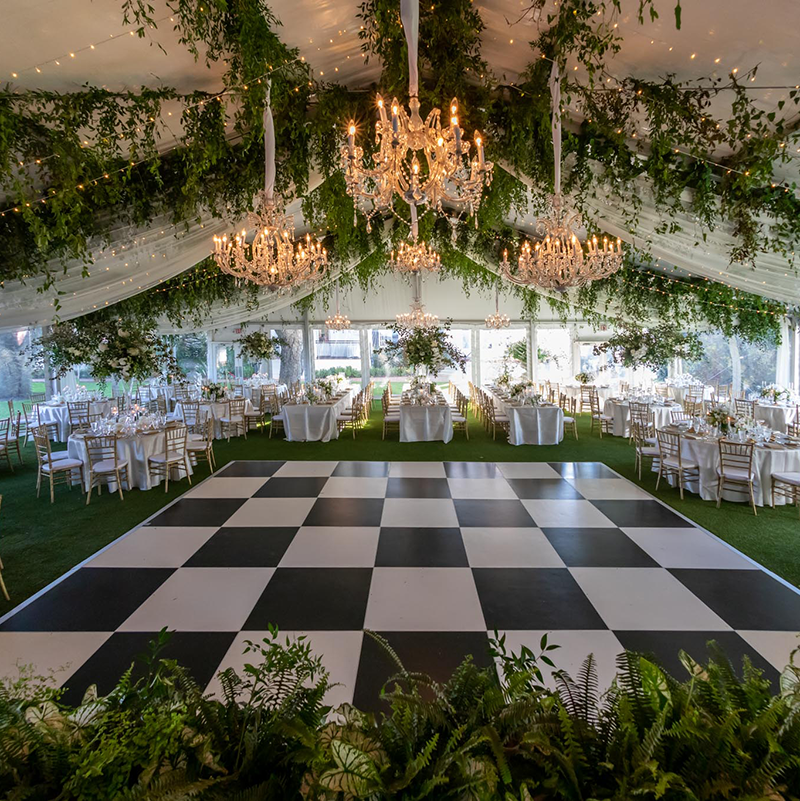
One significant trend in responsive LED dancing surfaces is the integration of intelligent technology. Many new models incorporate detectors that detect motion and adjust the lighting in response. This means that the surface can change hues, patterns, and effects based on how many individuals are dancing and their location they are located. This reactivity creates a dynamic setting that encourages involvement and excitement. Additionally, some models allow participants to control the lighting through smartphone apps, providing them the power to tailor their encounter in real-time.
Another crucial pattern is the use of sustainable resources and power-saving tech. As environmental issues grow, many creators are focusing on creating light-emitting diode dance floors that are not only aesthetically impressive but also eco-friendly. This comprises utilizing recycled resources for the floor's building and implementing power-efficient light-emitting diode illumination. These advancements help minimize the carbon footprint of gatherings while still providing a mesmerizing visual encounter. By prioritizing eco-friendliness, designers are appealing to a more ecologically conscious audience.
The incorporation of enhanced virtual reality (AR) is also transforming the responsive dance surface encounter. AR technology allows participants to see virtual graphics and visuals overlaid on the physical world through their smartphones or AR spectacles. This can enhance the dancing floor experience by introducing virtual components that interact with the physical environment. For example, performers might see moving characters or visual displays that react to their important source movements, producing a unique and captivating environment. This trend is particularly appealing to millennial audiences who are accustomed to virtual interactions in their daily lives.
Additionally, the design of responsive light-emitting diode dance surfaces is becoming more flexible and adaptable. Many new designs can be easily set up in different environments, from temporary gatherings to long-term installations. This adaptability enables locations to develop customized encounters that address to different themes and audiences. Some models even feature modular parts that can be rearranged to create varied configurations and layouts. This flexibility not only improves the aesthetic attractiveness but also allows for artistic expression in event planning.
In conclusion, the prospects of interactive LED dancing surfaces is being shaped by innovative design patterns that focus on technology, sustainability, enhanced virtual reality, and versatility. These advancements are producing more immersive and immersive experiences for participants, establishing dancing floors a key feature of entertainment venues. As these patterns keep to evolve, they will likely reshape how individuals engage with music and movement, ensuring that interactive light-emitting diode dance floors remain a favored option for events and celebrations.